This is NOT a question grounded in any kind of reality, it’s a purely hypothetical question.
What if there was a restorable airframe, and if a suitable power plant could be found, and if there was the funding, facilities, expertise and willingness to restore any WW2 era warplane to flight… what would be the aeroplane you’d most like to see back in the air?
I’m thinking about amazing aircraft model/types of which there are no other airworthy examples.
There are, of course, loads of exciting aircraft already in the air, at airshows, flight museums and offering flying experiences all over the world: Hurricanes, Spitfires, B17 Flying Fortresses, B24 Liberators, B25 Mitchell bombers, P51 Mustangs, P47 Thunderbolts, Grumman Wildcats, Hellcats & Avengers, Chance Vought Corsairs… oh, and Douglas C-47s by the bucketload!
There are many examples of slightly rarer aircraft that it is a privilege to see airborne: a handful of Consolidated PBY Catalinas, a pair of Avro Lancasters, half a dozen Fieseler Fi 156 Storchs, some Junkers 52s and Messerschmitt Me 109s. There’s at least one original Fokker Wulf 190 and a bunch of reproductions*, a pair of Fairey Fireflies, a pair of IL-2 Sturmoviks (and one under reconstruction), a Curtiss SB2 HellDiver, one Bell P-39F Airacobra, and a B-29 Superfortress. There are even a handful of Messerschmitt Me 262 jets (reproductions) in the air.
And there are some really exciting and unique restorations underway right now (See also UPDATES below): The Hawker Typhoon project, The Douglas Dauntless project in Virginia, USA, the Bristol Beaufighter at Duxford (and one in Australia), and the one that really lights my fire, and inspired this post, the JU 87 Stuka (powered by a rebuilt Junkers Jumo 211 engine)!!
So what does that leave? What historic warbird do you long to see in the air once more?
To start you off, I’m going to list not just one, but my TOP 5 candidates, each from a different country (except the USA**)…
Britain – Westland Whirlwind
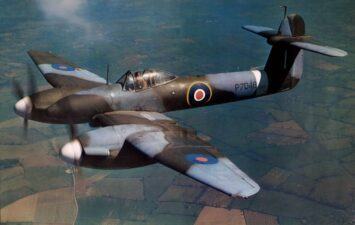
It has to be the Westland Whirlwind – the fast & nimble fighter-bomber loved by those who flew it and derided by those who didn’t. It had two real problems. Development & production were too slow at Westland, who wasted resources on churning out more Lysanders than were needed or wanted. And, its Rolls Royce Peregrine engines, which were under-resourced at RR and eventually dropped so that they could concentrate on mass-producing Merlins. So a death knell for the Whirlwind. The Whirlwind Fighter Project is working on a non-airworthy reproduction, but wouldn’t you love to see one in the sky?
My runner up would be the Bolton-Paul Defiant. It’s great to have one at the RAF Museum (back in Cosford, I believe) but I would like to see one flying.
Germany – Heinkel HE 115 floatplane
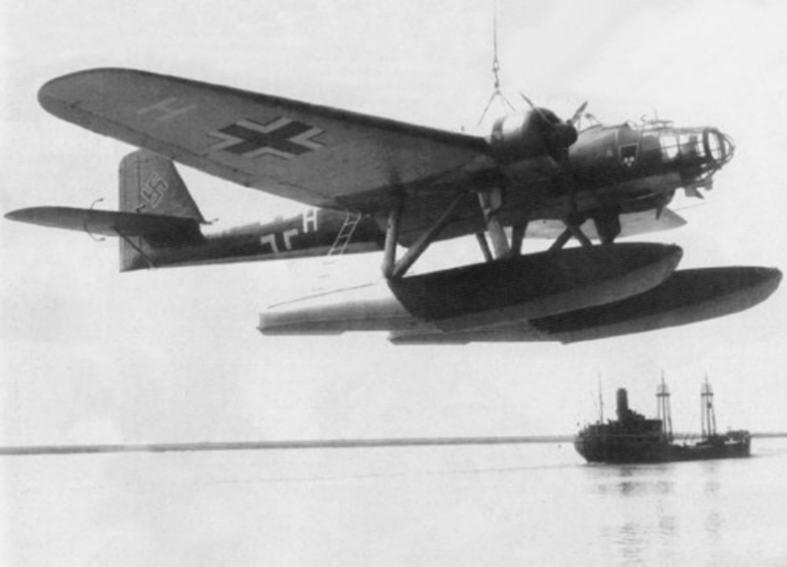
(Wikimedia, Creative Commons)
I’ve always been fascinated by this mysterious twin-engined giant. Not just for its secretive role in Allied hands in Malta, but because its activities as a torpedo bomber, minelayer and reconnaissance aircraft with the Luftwaffe are just not talked about very often. The wreck of one, recovered from a Norwegian fjord, is awaiting restoration for static display, but I would so love to see one in the air!
My runner up? The Dornier Do 17. There are no surviving examples, flying or static, but there’s a chance we may get to see a restored “Flying Pencil” on static display soon. The mostly intact wreck of one was salvaged from the Goodwin Sands in the North Sea in 2013 and it is currently at the Michael Beetham Restoration Centre at the RAF Museum Cosford.
Japan – Mitsubishi G4M Betty

It is the classic Japanese bomber! This twin-engine medium bomber and torpedo bomber belonged to the Navy even though it was land-based. It was fast, had a long range, was produced in large numbers (2,400 aircraft), was heavily armed and carried a sting in the tail – a 20mm cannon! This was also the aircraft carrying Admiral Yamamoto when he was shot down.
The thing is, with Japanese WW2 aircraft, hardly any survived, and because the Army and Navy developed their own aircraft in isolation, there were many types covering similar roles. So there are many interesting and unique warbirds to choose from, for a runner-up. But I’ve always been fascinated by the sole surviving Mitsubishi Ki-46-III Dinah at the RAF Museum, Cosford. A high flying, high speed twin-engine reconnaissance aircraft used by the Imperial Japanese Army, it was hard to reach and shoot down – the SR-71 of its day!
Russia – Petlyakov Pe-2
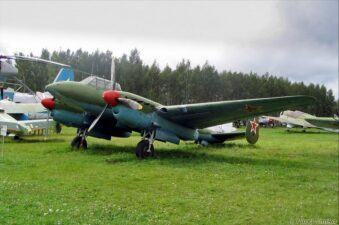
I have a model of this on my desk and I would love to see one in the air. The PE-2 was a fast and deadly light bomber/dive bomber. It was pretty rough & rudimentary, and hard work to fly, but it was the scourge of German ground forces (along with the Sturmovik), and its high speed enabled it to evade German interceptors, even at times outrunning them!
As a runner-up, wouldn’t it be great to see a Lavochkin La.7 in an air display? The successor to the worthy and hard fighting La.5, the La.7 was the first high-performance fighter to give Russian pilots the edge over the Luftwaffe.
Italy – Savoia-Marchetti SM.79
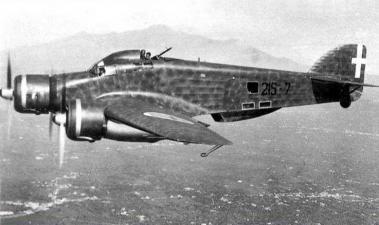
It’s the classic Italian bomber – mainstay of the Regia Aeronautica – and, with its three engines and that dagger board rudder, instantly recognisable! Furthermore, despite its quirky old-fashioned look, it was a fast and lethal bomber, torpedo bomber & transport aircraft with a long range.
This is hard, my runner-up, the Fiat BR.20 Cicogna is really a close equal. I’d be really happy to see either in the air again. There are no examples flying or on the ground of the Cicogna, but it would make an authentic participant in those annual ‘Battle of Britain’ airshow displays since it was the only Regia Aeronautica bomber to attack mainland Britain (Ipswich & Harwich) in 1940.
So, what in your wildest dreams would you like to see airborne once again?
* I am counting reproductions, though they are not quite the same as airworthy aircraft restored from the remains of original aircraft. Some reproductions are more faithful than others. Engines are often the non-authentic component, but to meet modern aviation standards, it’s an upgrade worth making. For example, there are a bunch of Yakovlev Yak-3, Yak-7 and Yak-9 reproductions flying in Russia, built from the original drawings but using American aero engines.
** For a good reason. I can’t think of a classic US WW2 warplane that doesn’t have an airworthy example. If you can, let me know!
UPDATE (04/10/21): Not a military plane as such (there were military versions), and not WW2 era, but I was reminded yesterday that a decade ago I contributed to a fundraising project started in 2007 by Lufthansa to create an airworthy Lockheed L-1649 Starliner from four derelict airframes. The Starliner was the last model of the Lockheed Constellation range, aka a “Connie”, and the plan was to create a replica which would offer a commercial service from around 2017.
In the end it proved too difficult/expensive to meet current day commercial flight standards and they shelved the plan in 2018.
In March this year, the semi completed aircraft was returned from the USA to Germany, where they hope at least to create a static version for display.
All very disappointing. Where possible, historic aircraft should be in the skies. However, it turns out I was wrong to think this was the last chance to see a Constellation/Starliner in the air. There is one, in Australia! These photos were published today, and she looks fabulous!
UPDATE (29/06/22): I’ve just discovered another exciting restoration project. There are plans to restore a Sea Hornet to flying condition in New Zealand.
The Sea Hornet was the Royal Navy’s variant of the De Havilland Hornet, a single-seat fighter based on the design of the Mosquito. It had foldable wings and by all accounts, a stunning performance (Eric “Winkle” Brown loved it!). It just scrapes into my WW2 criteria because, even if it wasn’t operational by the time the war ended, it first flew in July 1944 and went into production in February 1945. Best of all, this will be the world’s only example of a Sea Hornet, static or airworthy!

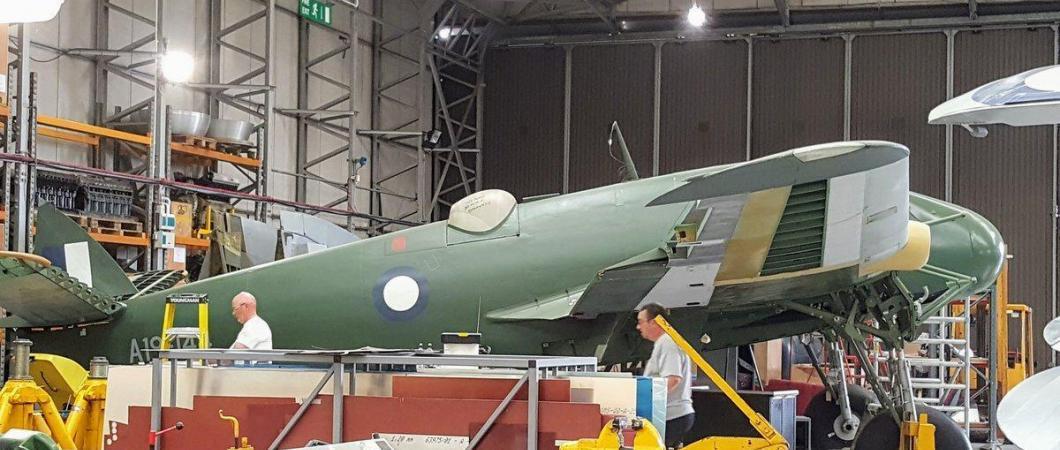
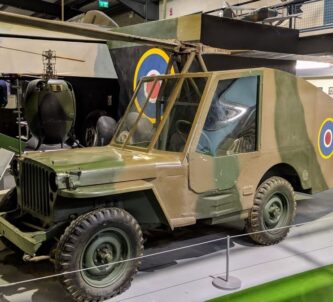

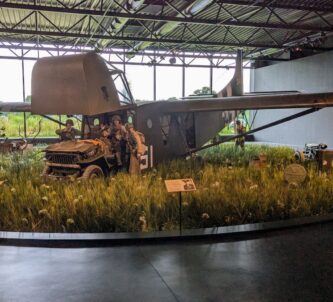
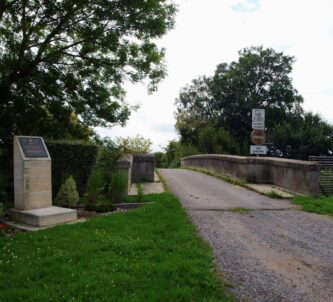
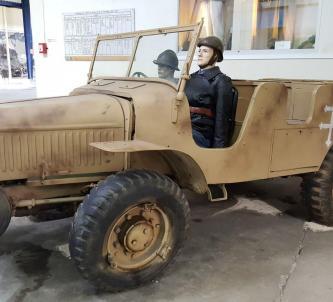

No mention of the Mosquito so far. Only one flying example left in the world, in the USA, and almost imposible to restore to flying condition due to the way they were constructed and the materials used. The Horten Ho229 would be top of my list of “foreign” aircraft.
Hi Michael, yes everyone loves a Mossie! Having a few more in the air would be good. (I have special reason to like them. My mother’s first husband, Sdn Ldr ‘Bill’ Blessing DFC DSO was a Mosquito pilot with RAF No 106 Squadron (Pathfinders). He was shot down & killed by a German fighter over Caen on 7 July 1944.)
I like the idea of the Horton. As I understand it the Ho 229 prototype only flew (powered) twice and then crashed. It would be awesome to see a third & more flight(s).
A Fairly Battle would show well, couple of potential complete airframes that could make good mock ups of the early bombers that tried in vain to blunt the German occupation of Europe.
Yes a Battle would be fun to see, and a great addition to the Battle of Britain Memorial Flight! Are you saying there are a couple of airframes that could be used? There’s the one in the RAF museum in Hendon. Not sure if that one is a rebuild or a replica. Is there another?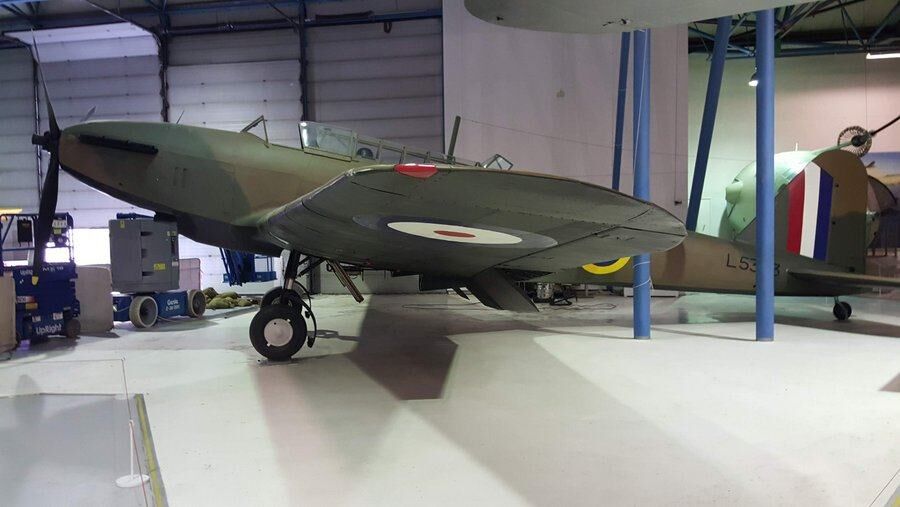
My personal favourite (and in My opinion, THE aircraft missing from the BBMF), would have to be the Wellington. It was the main bomber, to carry the war, to the axis powers; until the advent of the “heavies”. The Short Stirling would have to be my runner-up, in the “why-is-this-not-built”division; since it continued serving until the war’s end! .
Good choice! And yes, it would make an excellent addition to the BBMF.
All these planes are historical relics and restore them all whenever possible!
I would like to see the Bristol Beaufort, Stuka, Me 110, Me 410, Short Stirling, Wellington, Avro Manchester, Halifax, B26 Marauder, Hawker Typhoon and a Ju88.
Oh, a JU-88, good choice! I think there are static examples of all those you listed, but one day you should be able to see one of them in flight – the JU-87 Stuka 🙂
Am I alone in saying that I would love to see a Wellington Bomber flying again?
The one that was recovered from Loch Ness.
Yes, that would be very cool. Am I right in thinking that the only two restored Wellingtons on static display are in the UK (one of them being the Loch Ness Wellington)? There are none in Australia or Canada, or the USA?
A PZL11c.
Always had a fascination with this little fighter.
I’ll admit, I had forgotten it. Just had to go look it up. Only one left (in the aviation museum in Krakow) 🙁
So did my father when he was a Pilot instructor in Poland before WW2 in Krakow
I second that, it would be a great honour to see my father’s Wellington Bomber in His memory